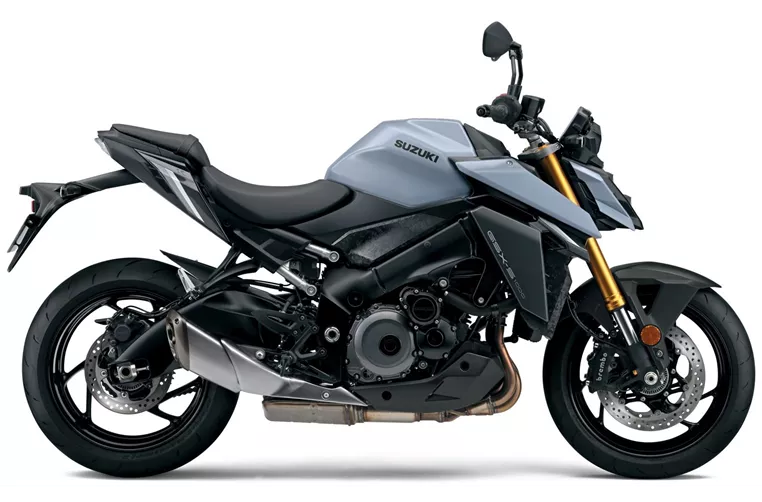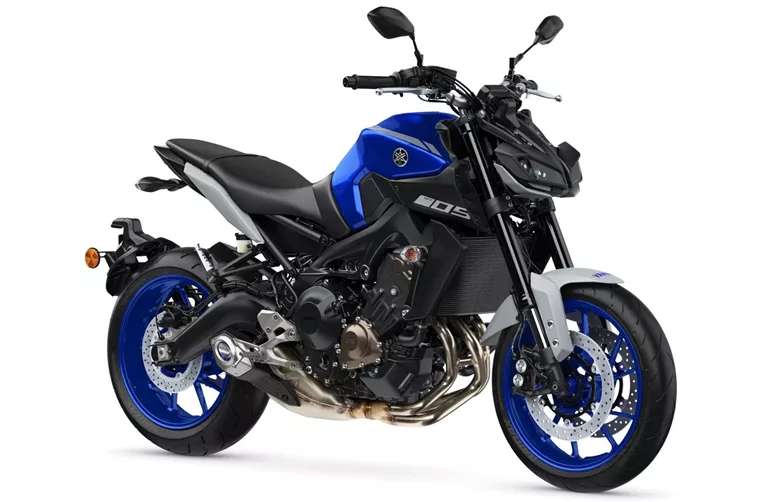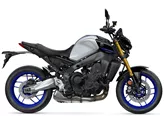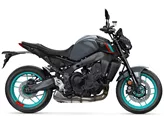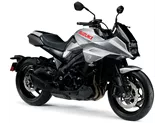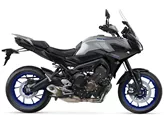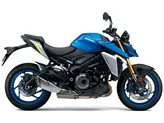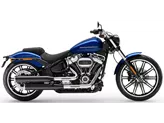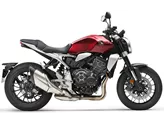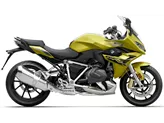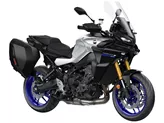Suzuki GSX-S1000 2022 vs. Yamaha MT-09 2020

Suzuki GSX-S1000 2022
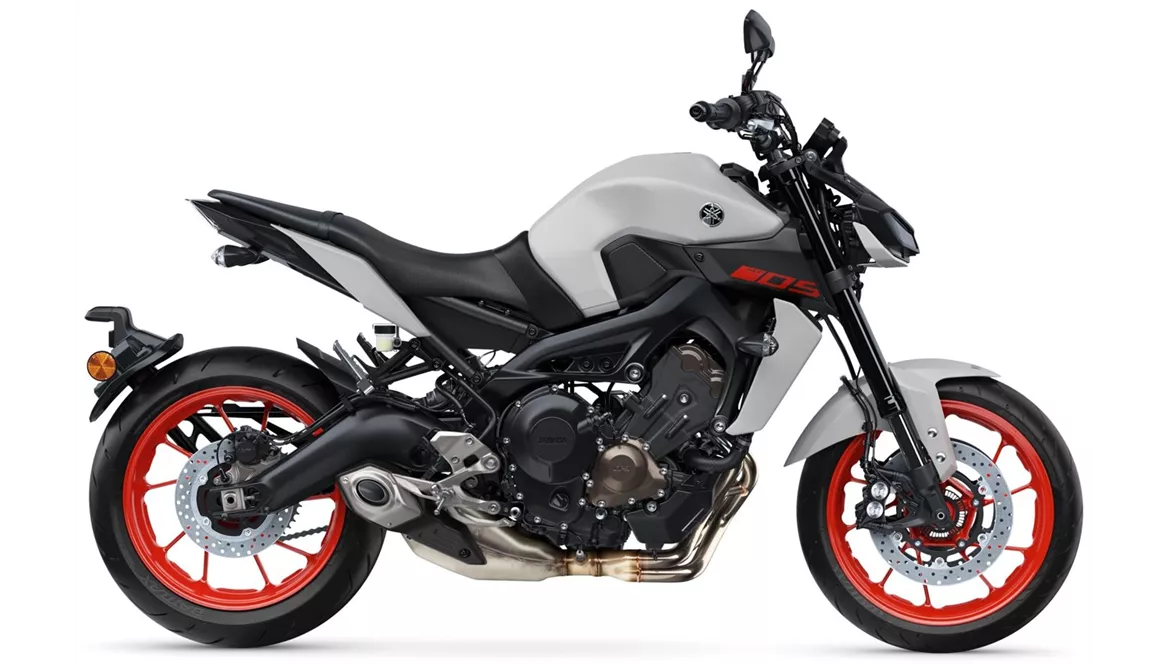
Yamaha MT-09 2020
Overview - Suzuki GSX-S1000 2022 vs Yamaha MT-09 2020
The Suzuki GSX-S1000 2022 and the Yamaha MT-09 2020 are both naked bikes with similar technical specifications. However, there are some key differences between the two models.
In terms of engine power, the Suzuki GSX-S1000 2022 takes the lead with 152 HP, while the Yamaha MT-09 2020 has 115 HP. This gives the Suzuki a significant advantage in terms of acceleration and top speed. Additionally, the Suzuki has a higher torque of 106 Nm compared to the Yamaha's 87.5 Nm, providing better low-end power and responsiveness.
Both bikes feature an in-line engine configuration, liquid cooling, and fuel injection systems. They also have similar suspension setups with upside-down telescopic forks at the front and swing arms with monoshock absorbers at the rear. The chassis of both bikes is made of aluminum and features a twin-tube frame design.
When it comes to braking, the Suzuki GSX-S1000 2022 has larger double disk brakes with a diameter of 310 mm at the front, compared to the Yamaha MT-09 2020's 298 mm front brakes. This gives the Suzuki better stopping power and control.
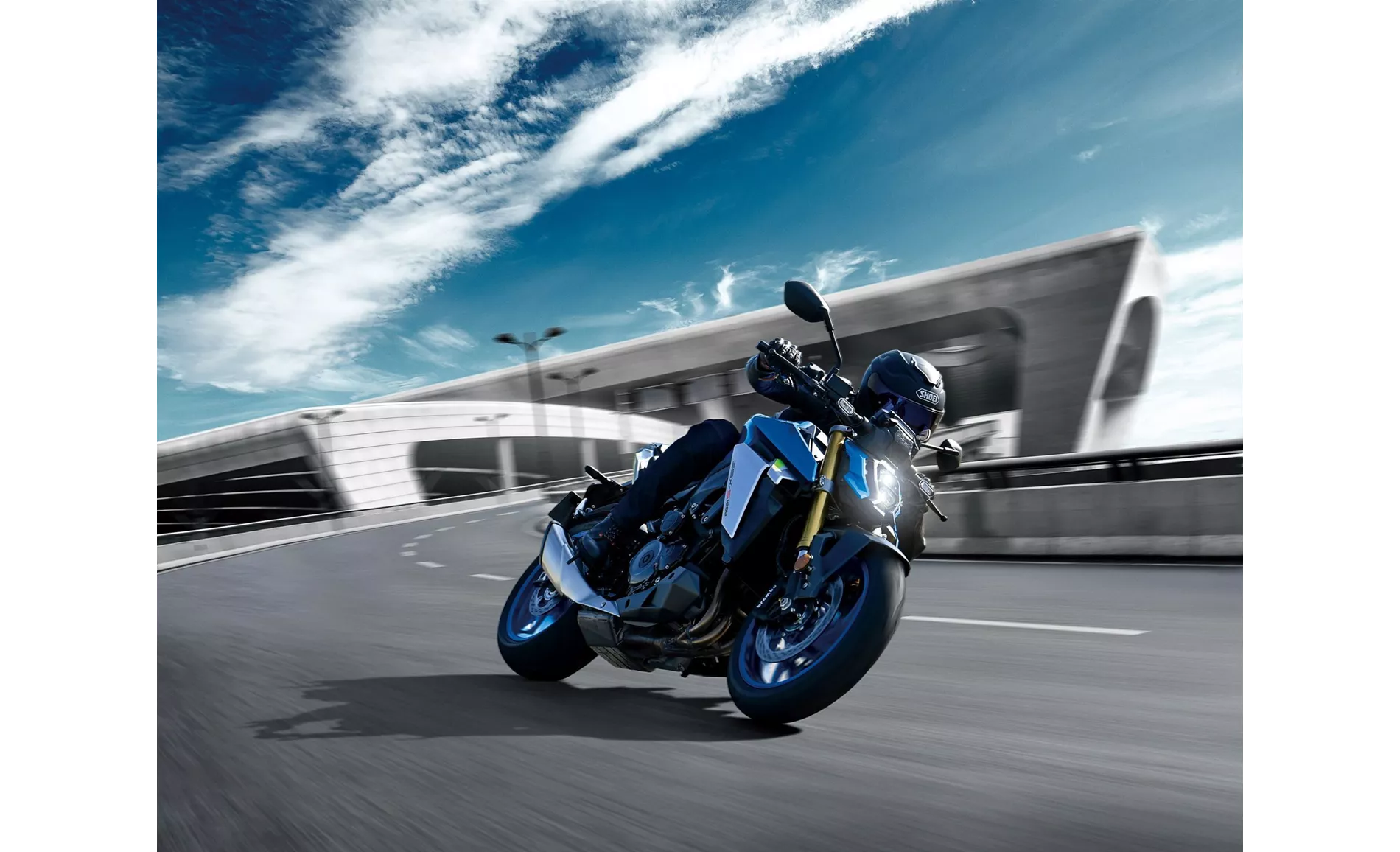
Suzuki GSX-S1000 2022
In terms of advanced rider assistance systems, both bikes have ABS and traction control. However, the Suzuki GSX-S1000 2022 offers additional features such as riding modes, ride by wire, and a shift assistant with a blipper. These features enhance the overall riding experience and provide smoother gear shifts.
In terms of dimensions and weights, the Suzuki GSX-S1000 2022 has a slightly wider front tire at 120 mm compared to the Yamaha MT-09 2020's 120 mm front tire. The rear tire width is also wider on the Suzuki at 190 mm compared to the Yamaha's 180 mm. Both bikes have 17-inch wheels. The Suzuki has a longer wheelbase of 1460 mm compared to the Yamaha's 1440 mm, which may provide more stability at higher speeds. The seat height is slightly lower on the Suzuki at 810 mm compared to the Yamaha's 815 mm. The Suzuki also has a larger fuel tank capacity of 19 liters compared to the Yamaha's 14 liters, allowing for longer rides without refueling.
In terms of strengths, the Suzuki GSX-S1000 2022 has a superior engine, excellent shift assistant with a blipper, balanced handling, a bold design, and a comfortable seating position. It also offers a very good price compared to its competitors.
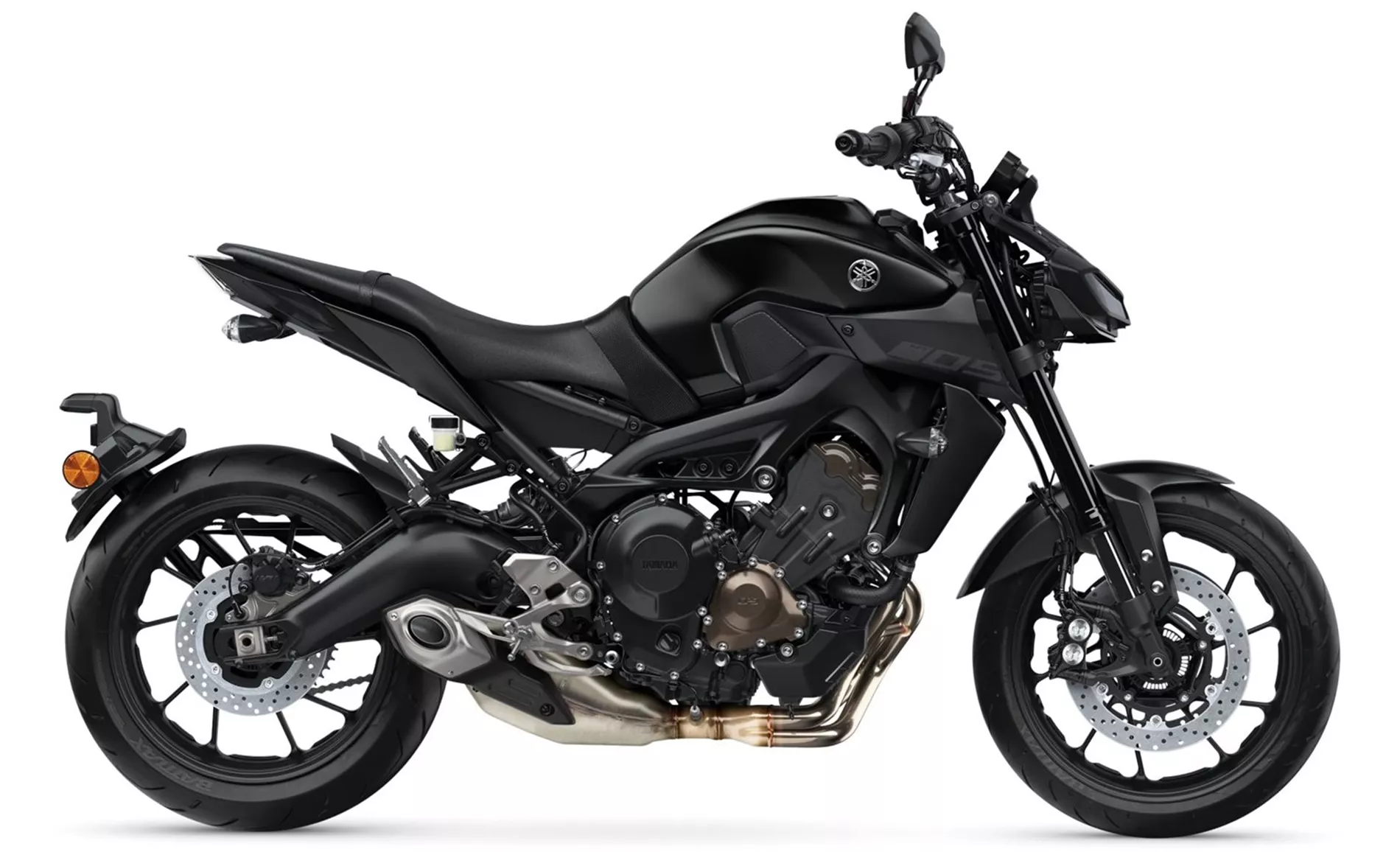
Yamaha MT-09 2020
On the other hand, the Yamaha MT-09 2020 has a powerful engine with plenty of torque and fine control of traction control.
However, the Suzuki GSX-S1000 2022 does have some weaknesses. Its electronics package is not very comprehensive, lacking a 6-axis IMU and cornering ABS. The instruments on the handlebars are somewhat antiquated, and the display is not particularly easy to read.
Similarly, the Yamaha MT-09 2020 also has its weaknesses. It lacks a blipper function for smoother downshifts, and the high handlebars provide little feedback. The throttle response is rough, and the ABS system regulates too early.
Overall, both bikes have their strengths and weaknesses, but the Suzuki GSX-S1000 2022 offers a more powerful engine, better braking performance, and a more comprehensive electronics package, making it a more attractive option for riders looking for a high-performance naked bike.
Technical Specifications Suzuki GSX-S1000 2022 compared to Yamaha MT-09 2020
Pros and Cons in comparison
Pros and Cons in comparison
Suzuki GSX-S1000 2022
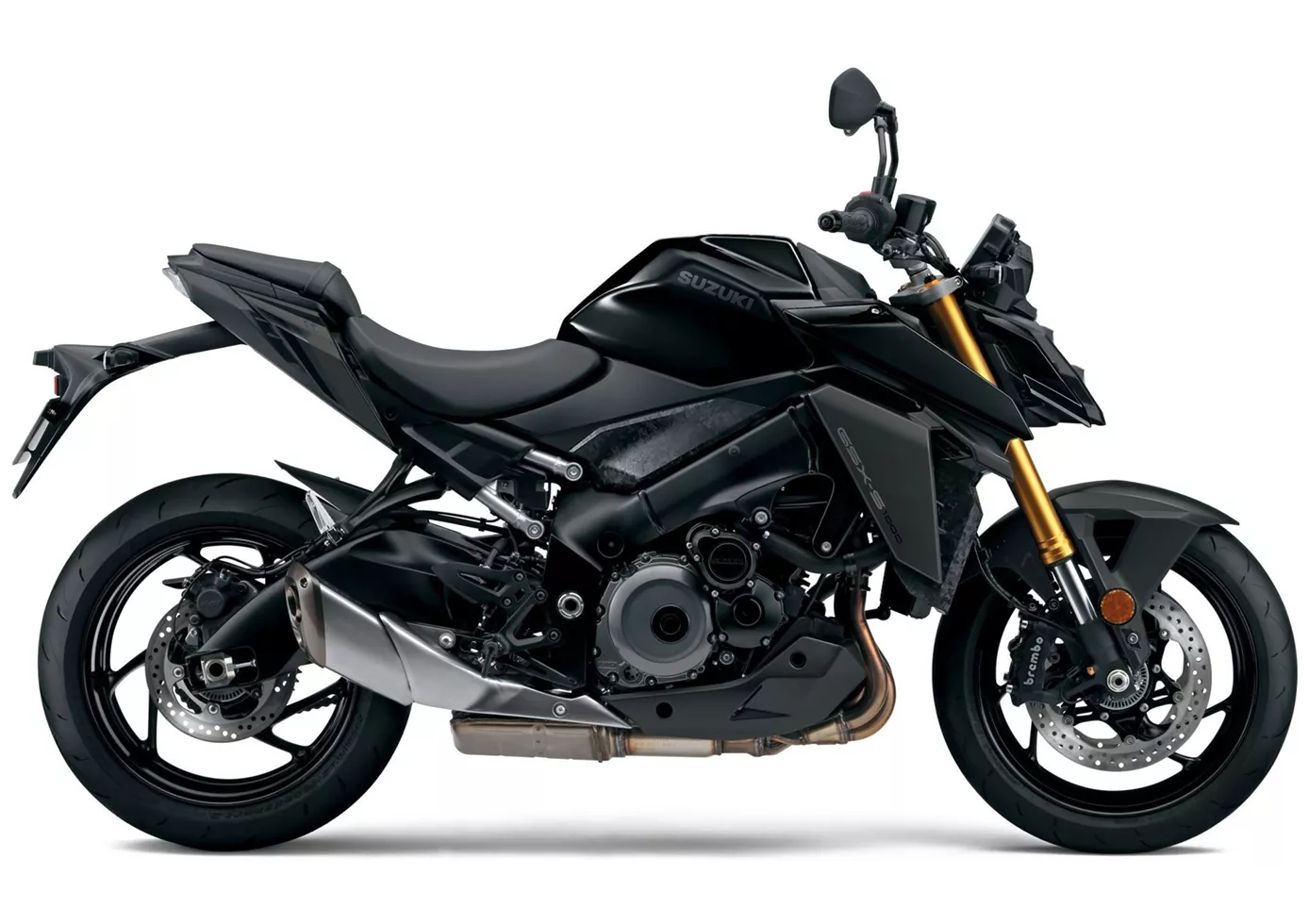
The new GSX-S1000 is an old acquaintance in terms of basic design - the engine and chassis are still from the predecessor. However, the machine has been modernised in many areas and presents itself at an extremely high level, especially visually. Although the engine cannot compete in the league of the super-potent Hyper Nakeds, it functions very harmoniously and powerfully enough. The conventional chassis also strikes a successful compromise between sportiness and comfort. The hammer arguments are definitely the successful design, the standard quickshifter with blipper and, last but not least, the comparatively low price.
Yamaha MT-09 2020
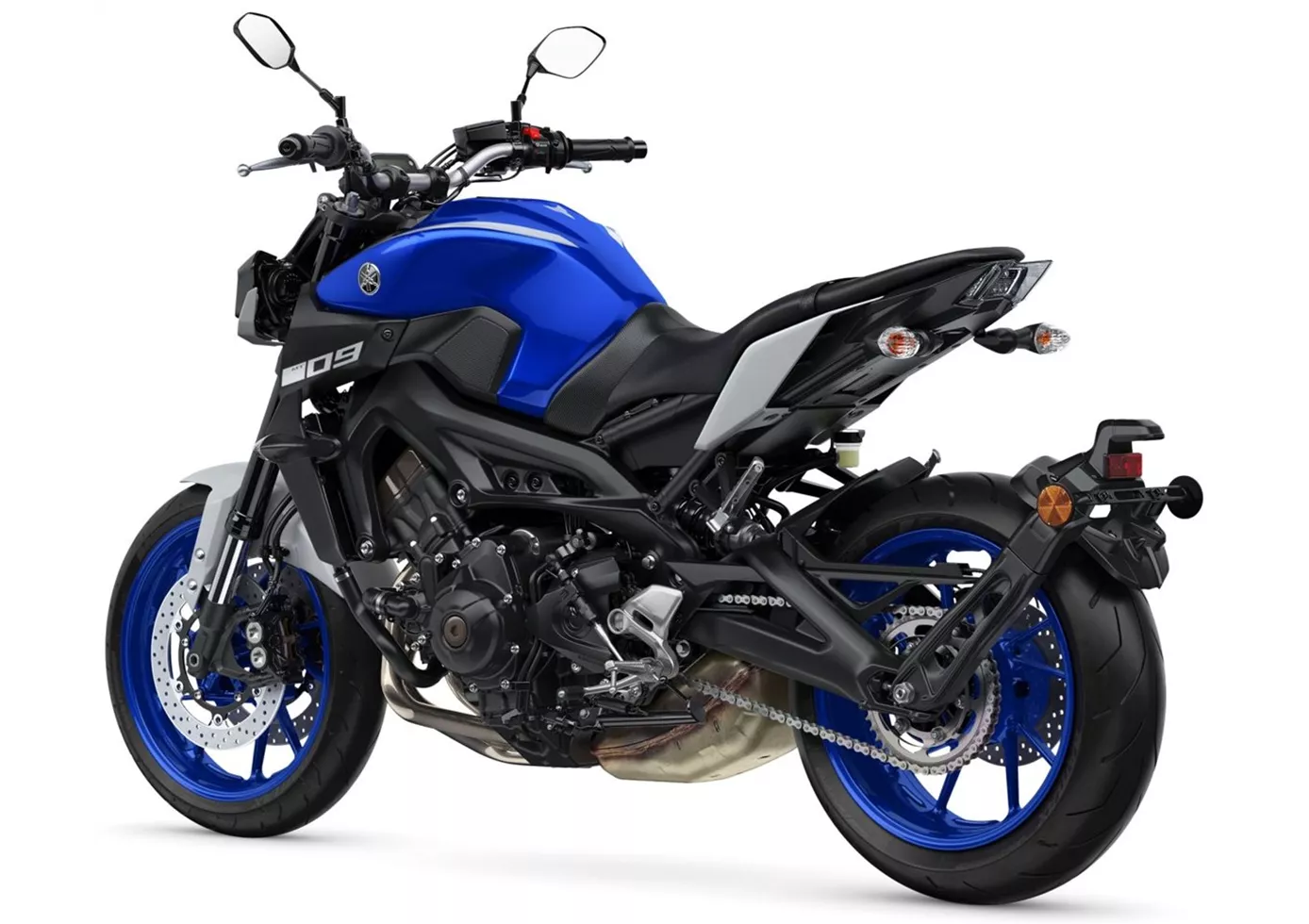
Riding fast is possible, but exhausting. The high handlebars are counterproductive on the race track and require a lot of physical effort. The MT-09 can't keep up with the Street Triple R, even with WP suspension.
Price Comparison Avarage Market Price Suzuki GSX-S1000 vs Yamaha MT-09
There are a few key differences between a Suzuki GSX-S1000 2022 and a Yamaha MT-09 2020. In terms of price, the actual average price of a Suzuki GSX-S1000 2022 is about 37% higher. Compared to Yamaha MT-09 2020 there are more Suzuki GSX-S1000 2022 bikes available on the 1000PS.de Marketplace, specifically 28 compared to 8. It takes less time to sell a Yamaha MT-09 with 110 days compared to 130 days for the Suzuki GSX-S1000. Since model year 2015 1000PS.de editors have written 36 reviews for the Suzuki GSX-S1000 and 57 reviews for the Yamaha MT-09 since model year 2013. The first review for the Suzuki GSX-S1000 was published on 27/09/2014 and now has more than 17,100 views. This compares to more than 39,900 views for the first review on Yamaha MT-09 published on 10/06/2013.
